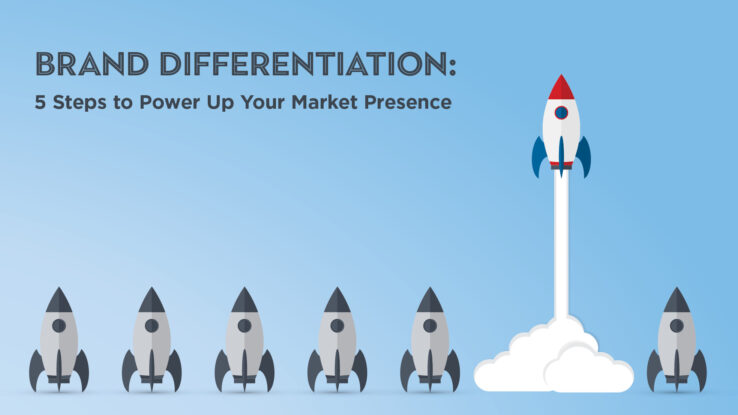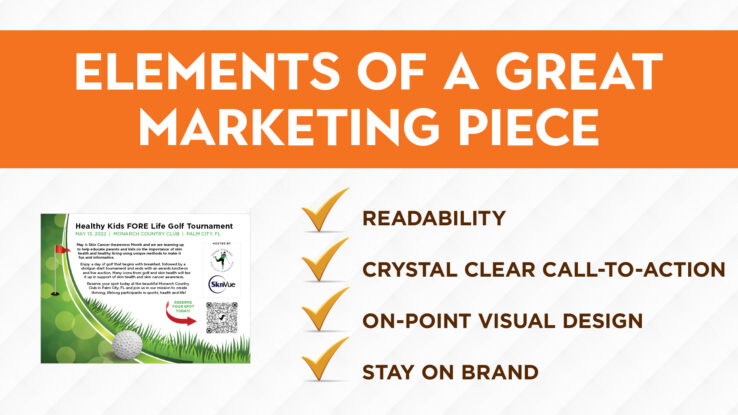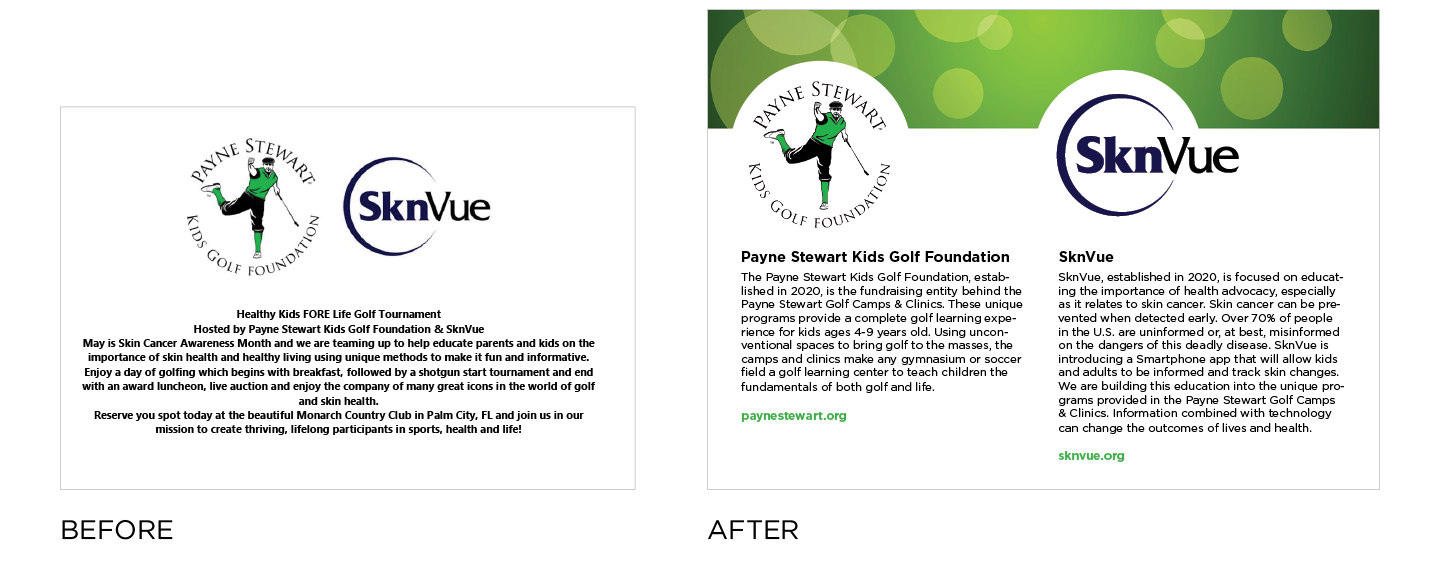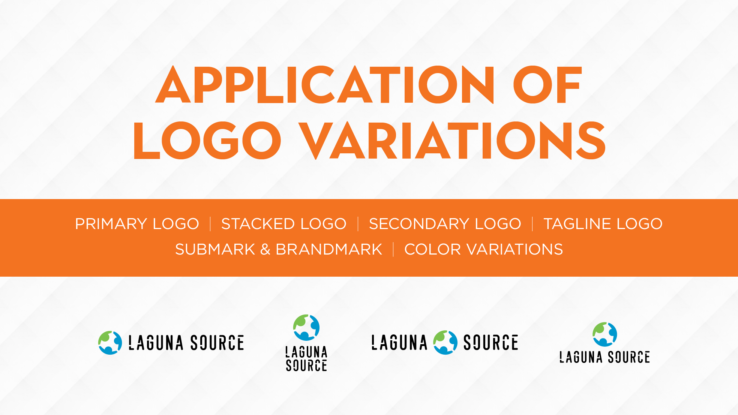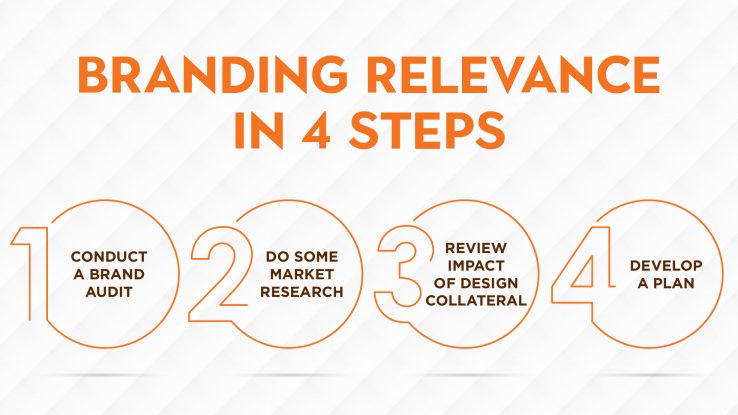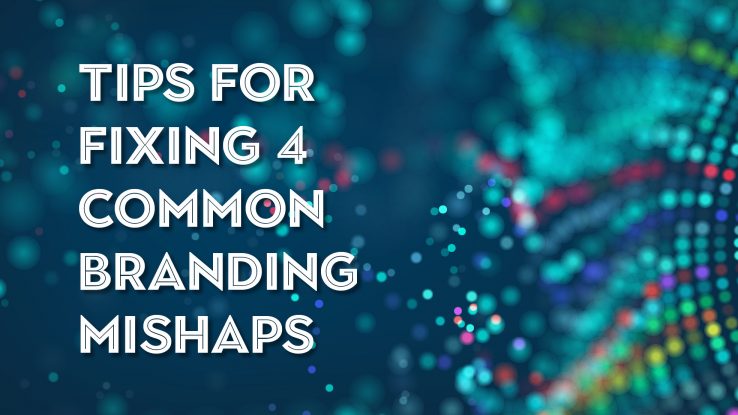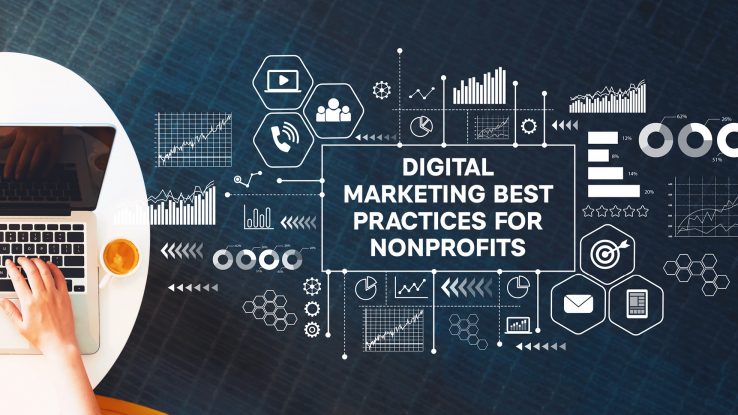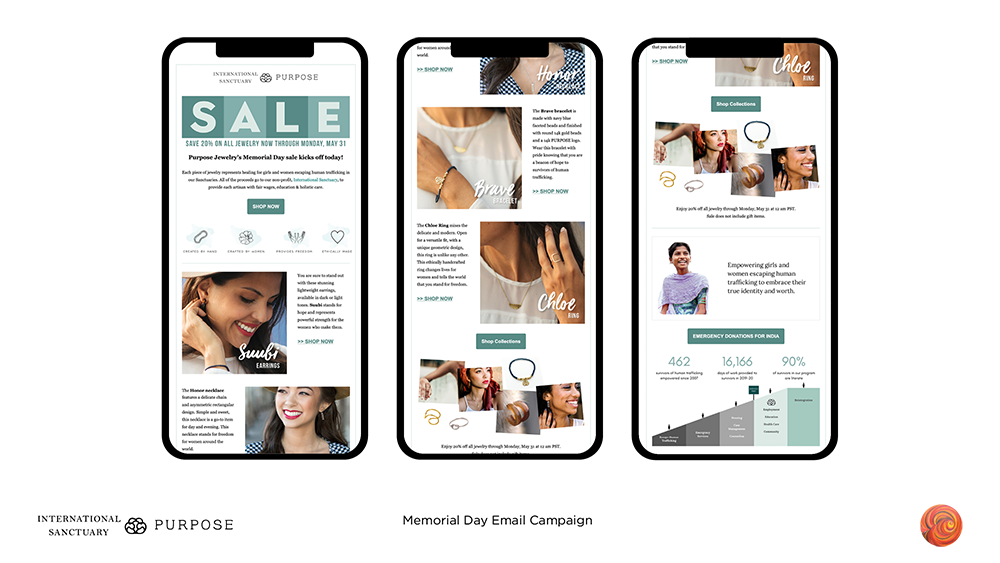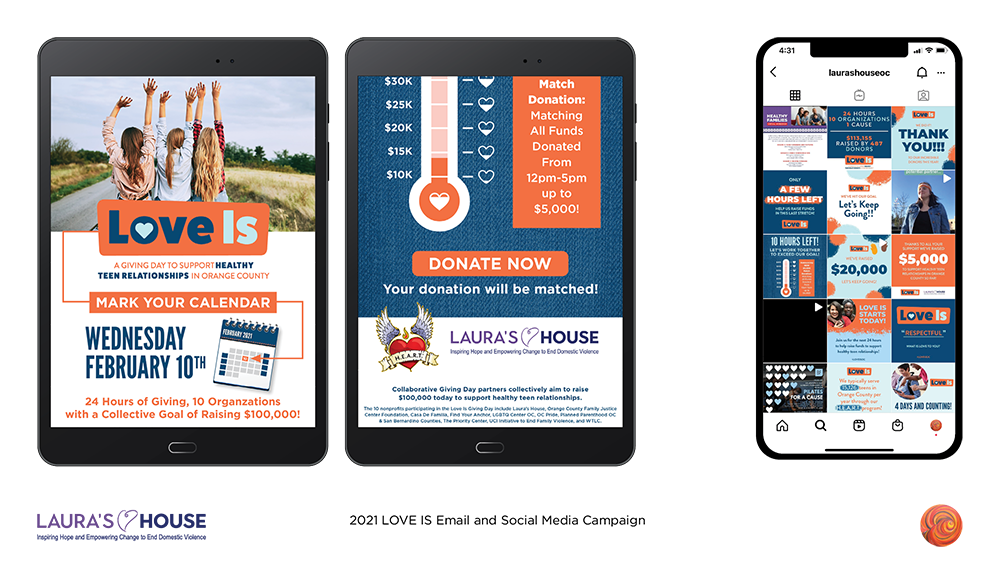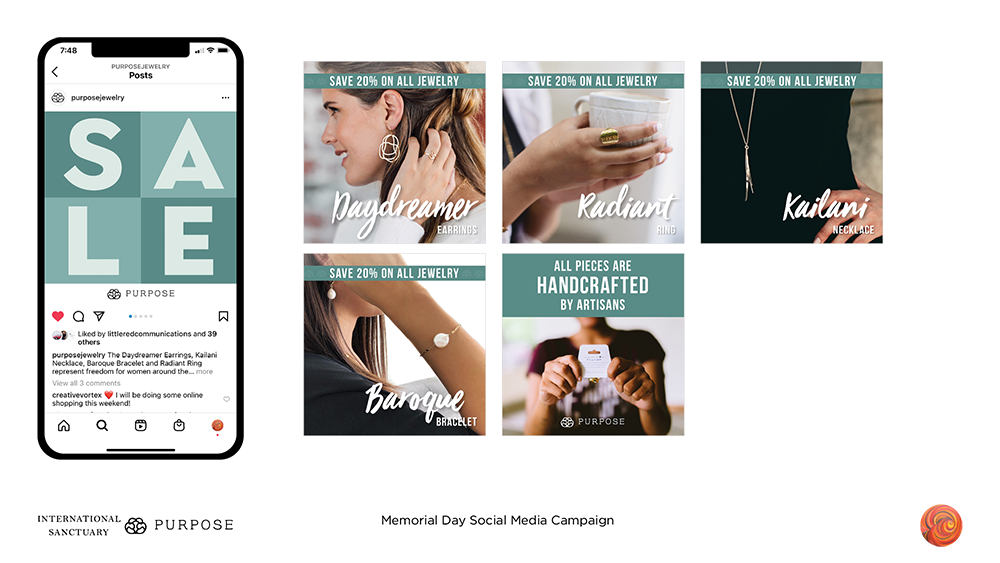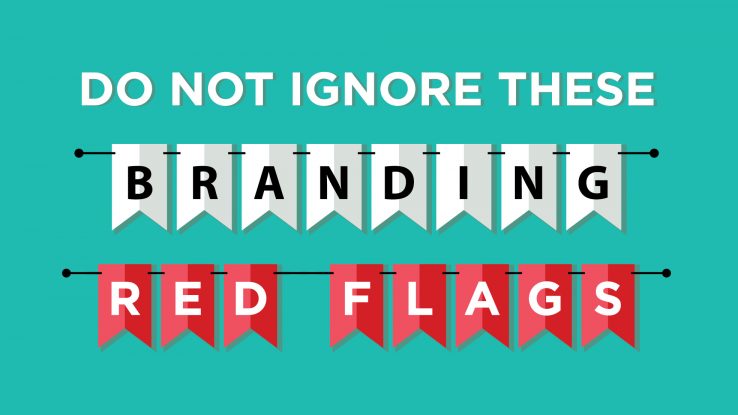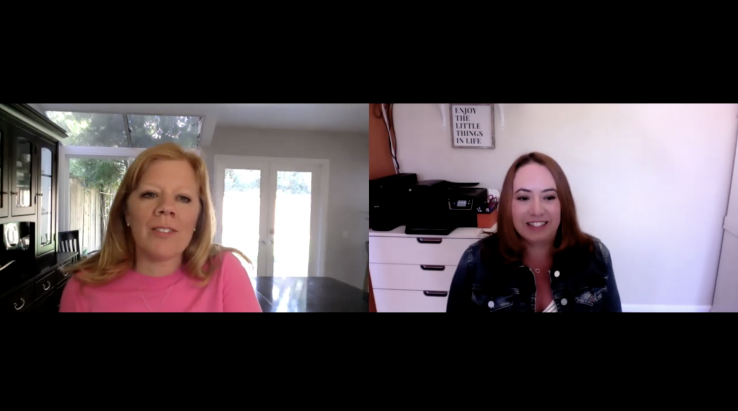BRAND DIFFERENTIATION.
What exactly is it? How do you get it?
Brand differentiation is how your brand sets itself apart from the competition by associating a superior performing aspect of your brand with multiple customer benefits.
In essence, it is your competitive advantage.
Brand differentiation is an essential aspect of a brand marketing strategy. It enables companies to reveal their profitable qualities that help develop a unique selling proposition. This way, they understand their competitive advantage and stand out among competitors.
Companies selling status quo items in the marketplace are easily interchangeable and prone to fall victim to price wars because that is the only thing left for them to compete with. Consistently undercutting prices ultimately leads to a lower net profit for the business.
Below are 5 tried and true strategies for building competitive brand differentiation.
Innovate
Innovation is really one of the best ways to stand out. Do your homework (or research!) and find out how to really solve your customers’ problems. If a product already exists, find out what the gaps are and where the trouble spots are. What are customers complaining about? Make products easier, simpler and more solutions-oriented to attract attention. Organizations that are consistently bringing innovations to a crowded marketplace are typically more successful and have stronger customer loyalty.
Presentation
Does your brand have a consistent presence? Presenting a brand that has a clear visual strategy (color palette, logo, tagline, etc.) across multiple platforms is more likely to be remembered by customers, and more easily recommended to additional customers.
Experience
Is the way that customers interact with your brand unique and dependable? Customer experience is felt through a brick-and-mortar store, website, social media, shipping, customer service unboxing/packaging and more! Perhaps, that customer experience even comes from being able to customize a product or service through a website, app or in-person event. Customer experience can either make or break a brand.
Price
Pricing can be tricky and needs to be handled properly. Companies need to find the balance between being affordably priced to offer financial value and being a premium brand with additional benefits at a higher price. To create a pricing strategy and differentiate your brand perform a marketing pricing analysis, target audience research, competitive landscape analysis, and lay out the results next to your business goals.
Emotional Response
How a brand makes a customer feel matters because it plays a big part in whether the person comes back to buy again or refers the company to someone new. Statistics show that customers with an emotional relationship to a brand have a 306 percent higher lifetime value and will recommend the company at a rate of 71 percent. Along that same line, 70 percent of viewers are more likely to buy a product from an ad after having an intense emotional response. Creating an emotional response from a customer is closely tied to the customer experience.

